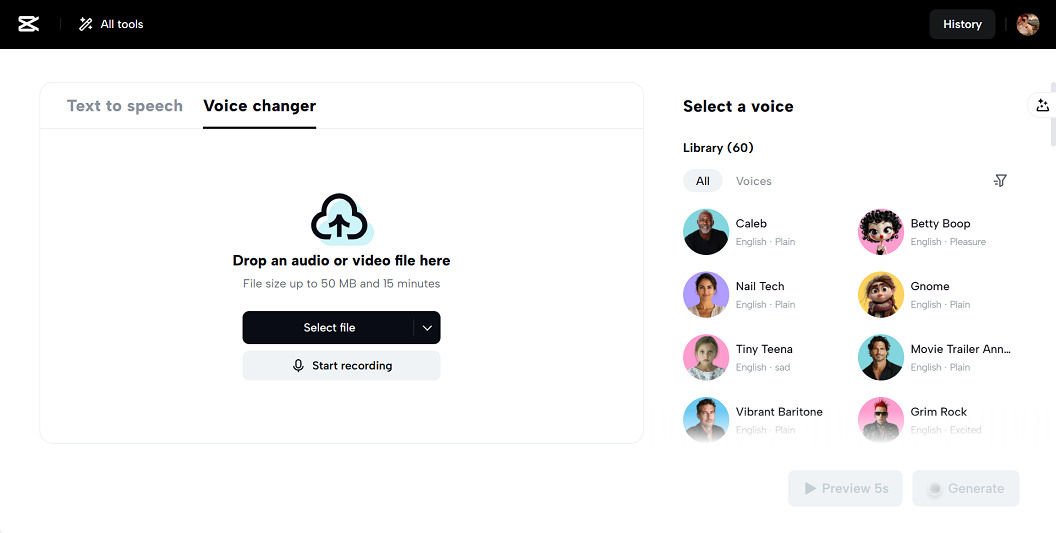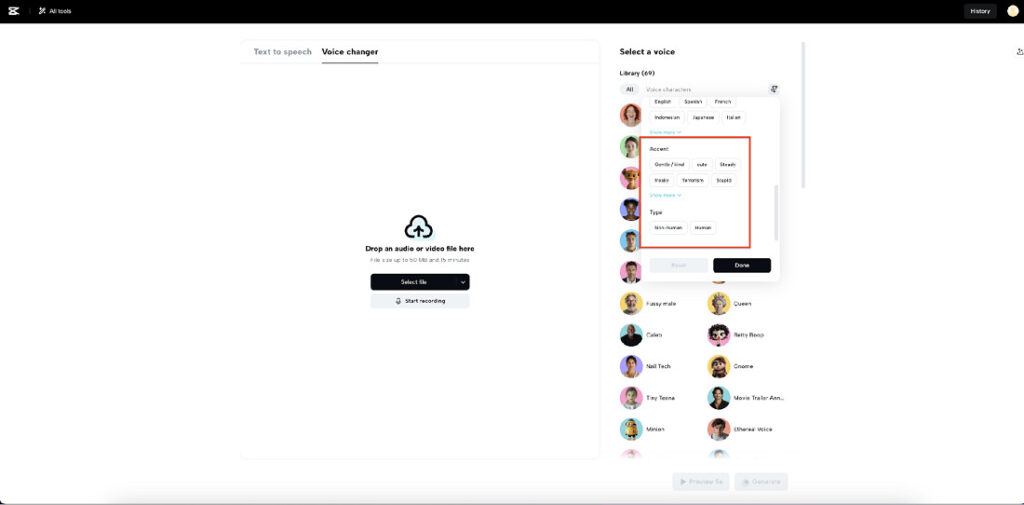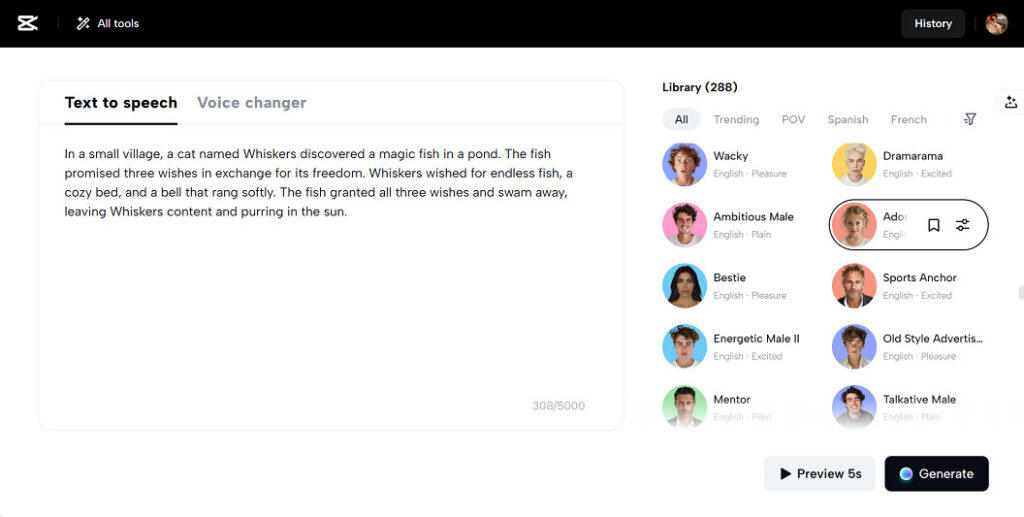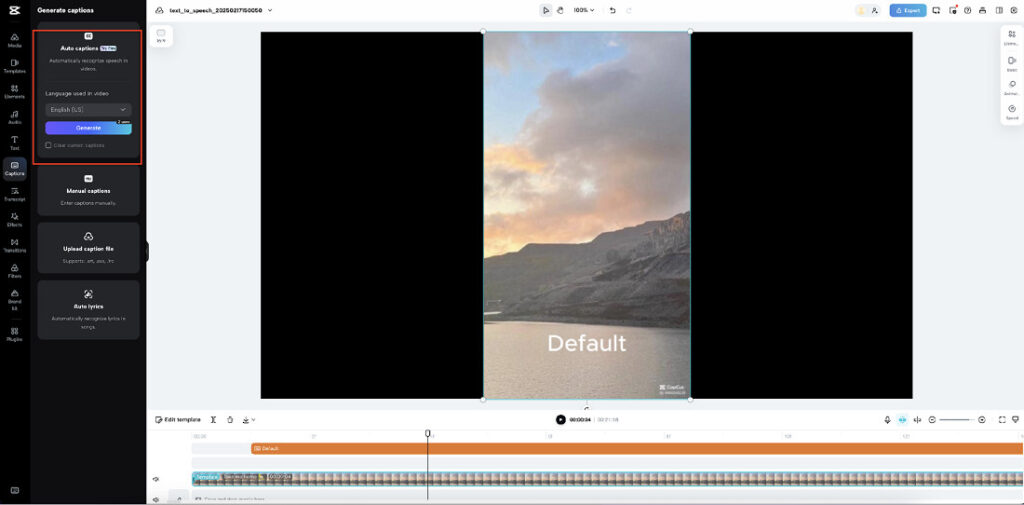Reviews
Voice Editing for Animated Shorts and Character Creations

Animation is a world where creativity knows no bounds. From whimsical characters to dramatic narratives, animated shorts rely on every element—visuals, storylines, and soundscapes—to captivate their audience. Among these elements, voice plays a pivotal role in bringing characters to life. Whether you’re creating a quirky sidekick, a heroic protagonist, or a villain with a chilling laugh, voice editing tools like a voice changer are game-changers for animation creation. These tools enable creators to add personality, emotion, and uniqueness to their characters without needing a team of voice actors.
Modern voice changers make it easy to craft distinct voices for various characters. By modifying pitch, tone, and effects, animators can create a diverse vocal cast with just one narrator. This flexibility is particularly valuable for solo creators or small teams working on budget-friendly projects. Combined with advanced AI tools, voice editing has become an indispensable part of animation, helping creators push boundaries and deliver engaging content.
How voice editing enhances animated content
Voice editing tools offer a range of features that make them invaluable for animated shorts and character creation. Here’s how these tools elevate animated projects:
1. Crafting distinct character voices
Creating unique voices for each character is essential for animation. Voice changers allow you to give each character a distinct personality, whether it’s a high-pitched, squeaky tone for a mischievous pixie or a deep, menacing growl for a villainous beast. The ability to select from diverse voice choices ensures that every character’s voice matches their personality and role in the story.

2. Adding emotional depth
Emotion is the heart of storytelling, and voice changers enable animators to express a wide range of emotions through vocal effects. By selecting the sounds of different emotions and adjusting the speed and pitch, creators can infuse their characters with excitement, sorrow, humor, or suspense, enhancing the emotional impact of their narratives.
“Infusing emotion into animated characters through voice editing is much like a speakers bureau matching each speaker’s style to the right audience—both rely on nuanced delivery to captivate and resonate.” – The founder of Shapiro Negotiations Institute notes.
3. Saving time and resources
Hiring professional voice actors for every character can be costly and time-consuming. Tools like text-to-speech software provide an efficient alternative. With CapCut Online’s text to speech free tool, animators can generate clear, natural-sounding narrations in minutes. This is especially useful for secondary characters or filler dialogue, freeing up resources for other creative aspects of the project.

Streamlining the animation workflow with AI tools
The integration of AI-powered tools has revolutionized animation workflows. Beyond voice changers and text-to-speech tools, features like automated caption generation add another layer of efficiency and professionalism to animated shorts.
1. Simplifying character development
AI voice tools allow creators to experiment with different voices during the character development phase. Animators can test various tones and effects to determine what fits their characters best, ensuring the final product resonates with the audience.
2. Enhancing accessibility with captions
Captions are not just for accessibility—they also boost engagement by catering to viewers who watch videos without sound or those who prefer to follow along visually. Using an AI caption generator, animators can automatically add accurate and synchronized captions to their animated shorts. This ensures that their content is inclusive and reaches a broader audience.

3. Increasing production speed
Voice changers and text-to-speech tools eliminate the need for lengthy recording sessions and re-dos. Creators can quickly generate or modify audio, making it easier to meet tight deadlines without compromising quality.
Practical use cases in animation
Voice editing tools have diverse applications in animated projects. Here are some practical scenarios where these tools shine:
1. Creating recurring characters
For episodic content, maintaining consistency in a character’s voice is crucial. Voice changers ensure that characters sound the same across episodes, creating a seamless experience for viewers.
2. Developing side characters
Secondary characters add depth and humor to animated shorts. Using text-to-speech tools, animators can quickly generate voices for these characters, ensuring they complement the main cast without requiring additional resources.
3. Enhancing fantasy settings
Fantasy animations often require unique soundscapes to transport viewers into imaginative worlds. Voice changers can add reverb, robotic tones, or ethereal effects to characters, enriching the fantastical atmosphere of the story.
Tips for using voice editing tools effectively
To make the most of voice editing tools for animated projects, here are a few tips:
- Experiment with effects: Don’t hesitate to try different voice effects to find the perfect match for your characters. Play around with pitch, speed, and modulation to create something truly unique.
- Balance creativity and clarity: While effects are fun, ensure the voice remains clear and understandable, especially for key dialogues.
- Combine tools for best results: Use voice changers alongside text-to-speech and captioning tools to streamline your workflow and enhance your content’s quality.
Conclusion
Voice editing tools like voice changers and text-to-speech software have become essential for animators, offering endless creative possibilities and streamlining production workflows. Platforms like CapCut Online make it simple for creators to experiment with audio, craft unique character voices, and add accessibility features like captions.
By incorporating these tools into your animation process, you can produce captivating animated shorts that engage audiences, showcase your creativity, and stand out in the competitive world of content creation. Whether you’re a seasoned animator or a beginner exploring the medium, leveraging these tools will help you bring your characters to life like never before.

-

 World1 week ago
World1 week agoEthiopian volcano erupts for first time in thousands of years
-

 Health1 day ago
Health1 day ago8 kittens die of H5N1 bird flu in the Netherlands
-

 Legal6 days ago
Legal6 days agoUtah Amber Alert: Jessika Francisco abducted by sex offender in Ogden
-

 US News5 days ago
US News5 days agoExplosion destroys home in Oakland, Maine; at least 1 injured
-

 Health6 days ago
Health6 days agoMexico’s September human bird flu case confirmed as H5N2
-

 Legal2 days ago
Legal2 days ago15 people shot, 4 killed, at birthday party in Stockton, California
-

 World6 days ago
World6 days agoWoman killed, man seriously injured in shark attack on Australia’s NSW coast
-

 Health5 days ago
Health5 days agoMarburg outbreak in Ethiopia rises to 12 cases and 8 deaths




